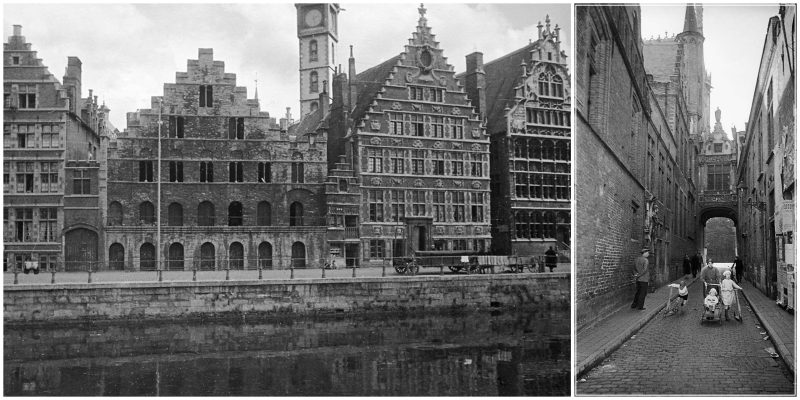Belgium officially the Kingdom of Belgium, is a sovereign state in Western Europe. It is a founding member of the European Union and hosts several of the EU’s official seats as well as the headquarters of many major international organizations such as NATO. Belgium covers an area of 30,528 square kilometres (11,787 sq mi) and has a population of about 11 million people.
Historically, Belgium, the Netherlands and Luxembourg were known as the Low Countries; it once covered a somewhat larger area than the current Benelux group of states. The region was called Belgica in Latin, after the Roman province of Gallia Belgica. From the end of the Middle Ages until the 17th century, the area of Belgium was a prosperous and cosmopolitan centre of commerce and culture. From the 16th century until the Belgian Revolution in 1830, when Belgium seceded from the Netherlands, the area of Belgium served as the battleground between many European powers, causing it to be dubbed the “Battlefield of Europe,” a reputation strengthened by both world wars.
Upon its independence, Belgium participated in the Industrial Revolution and, during the course of the 20th century, possessed a number of colonies in Africa. The second half of the 20th century was marked by rising tensions between the Dutch-speaking and the French-speaking citizens fueled by differences in language and the unequal economic development of Flanders and Wallonia. This continuing antagonism has led to several far-reaching reforms, resulting in a transition from a unitary to a federal arrangement during the period from 1970 to 1993.
These mesmerizing old photos were taken by Berit Wallenberg, a Swedish archaeologist, art historian, photographer, and donor.
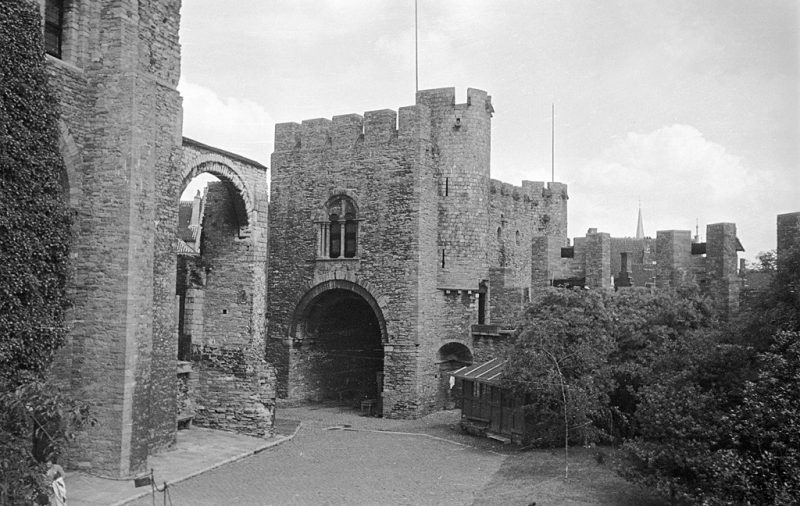
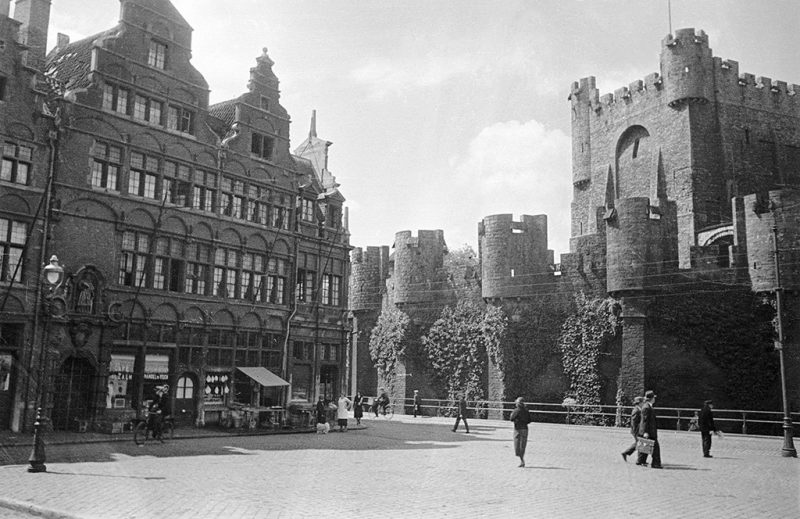
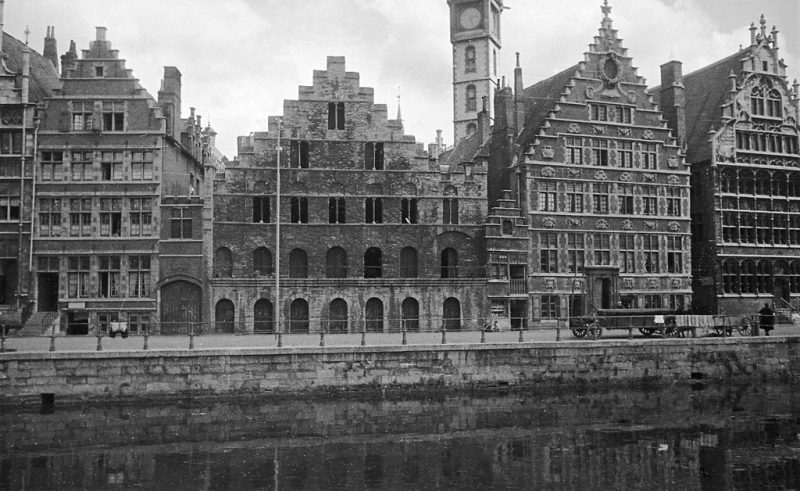
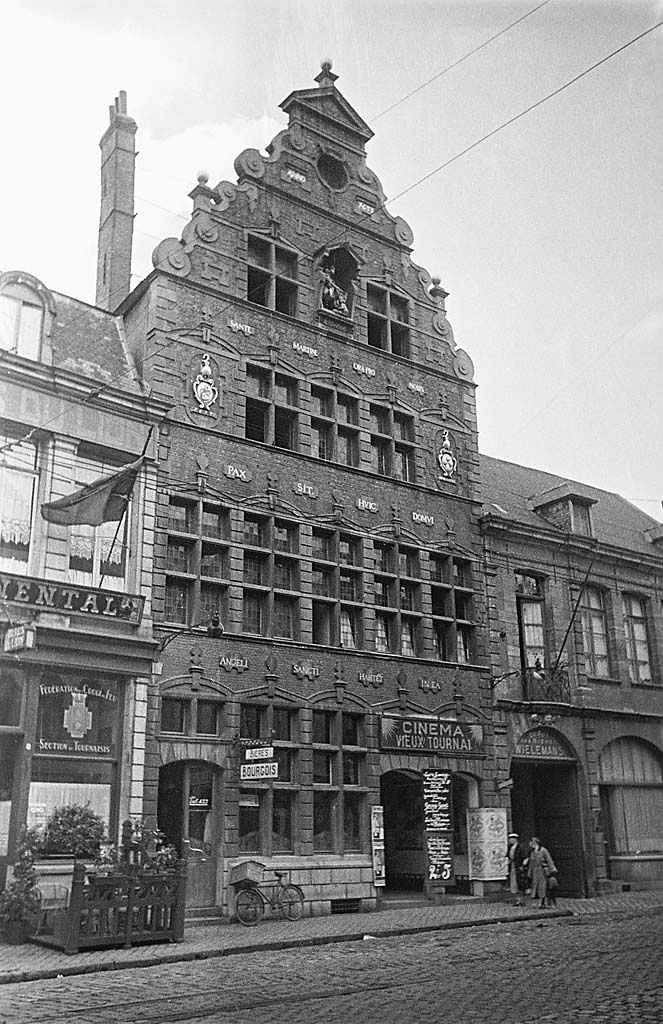
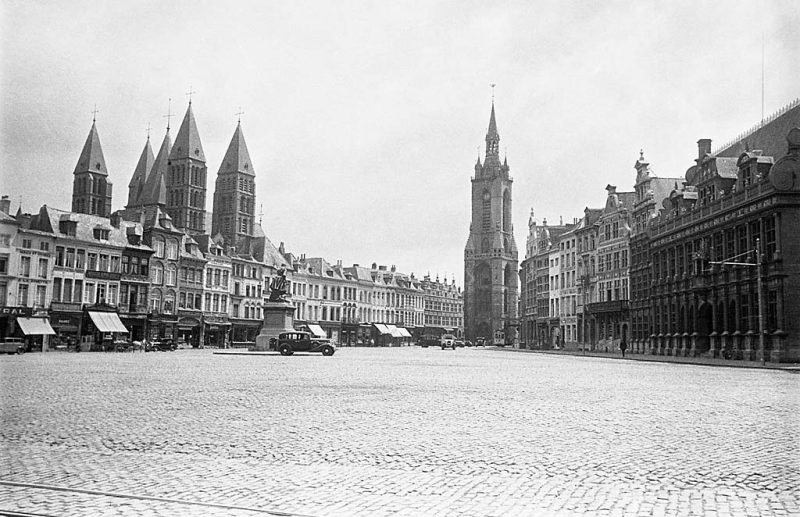
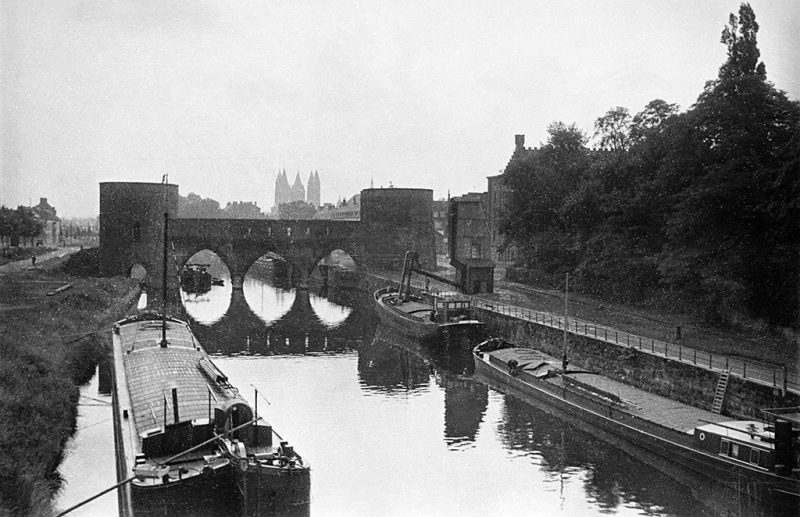
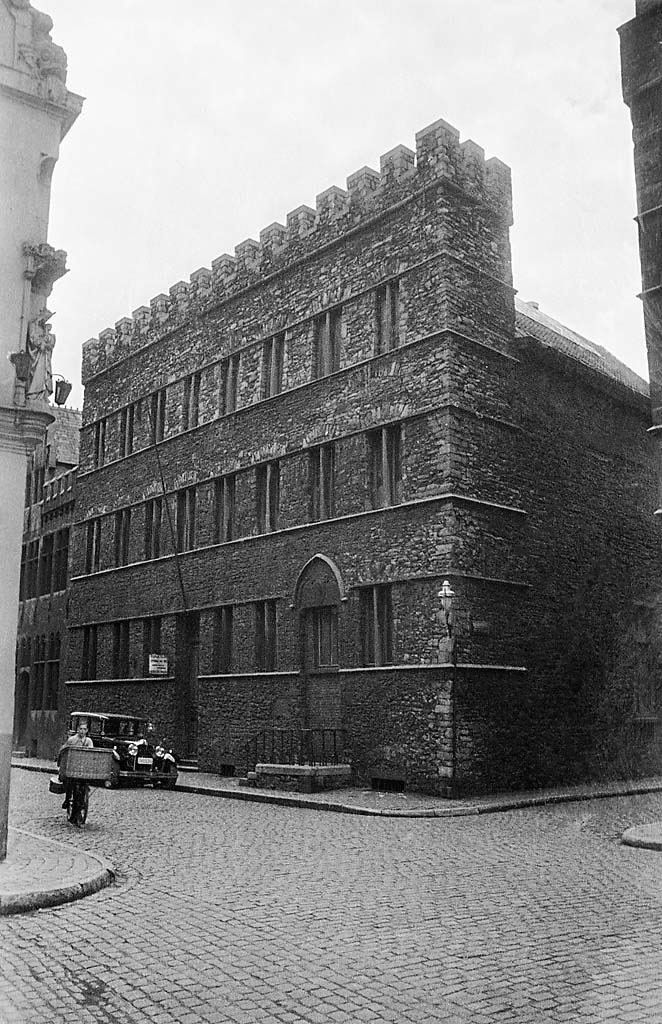
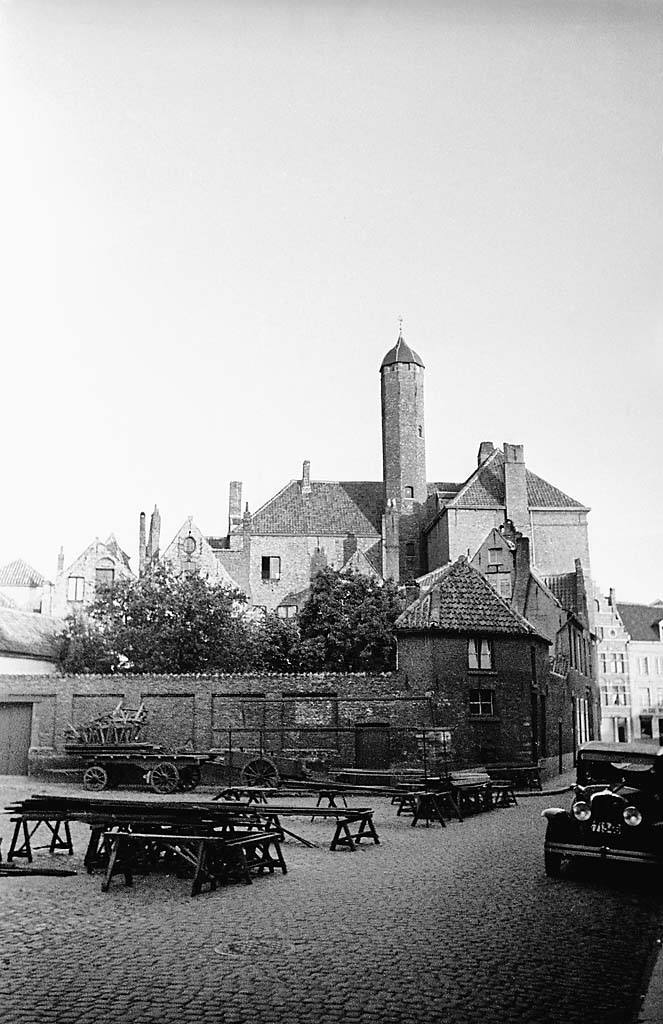
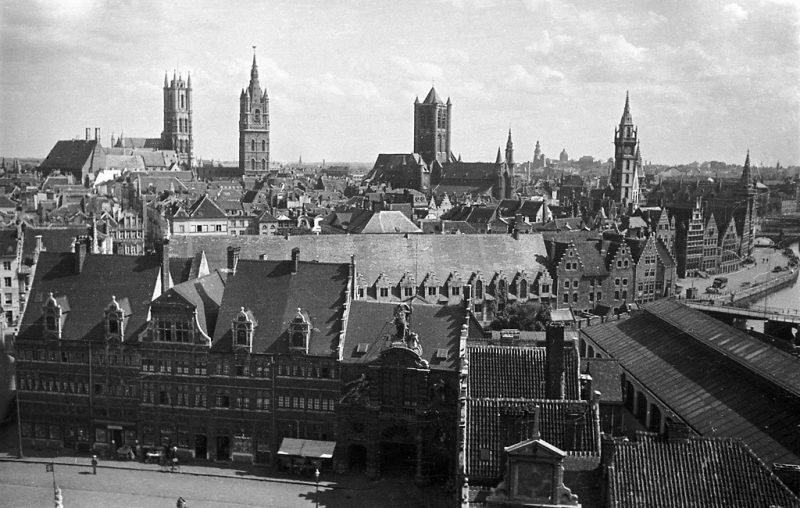
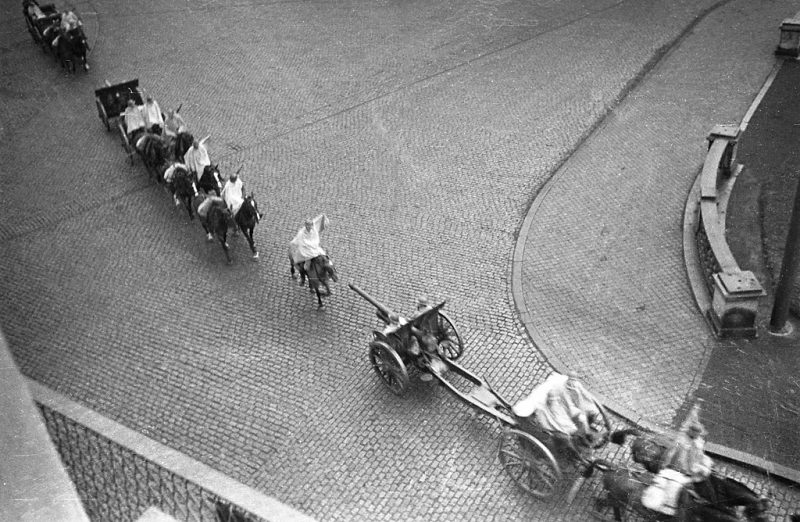
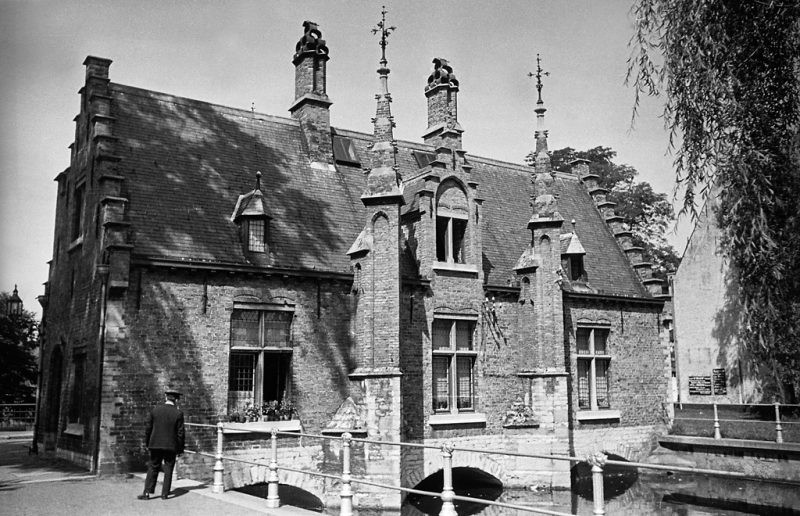
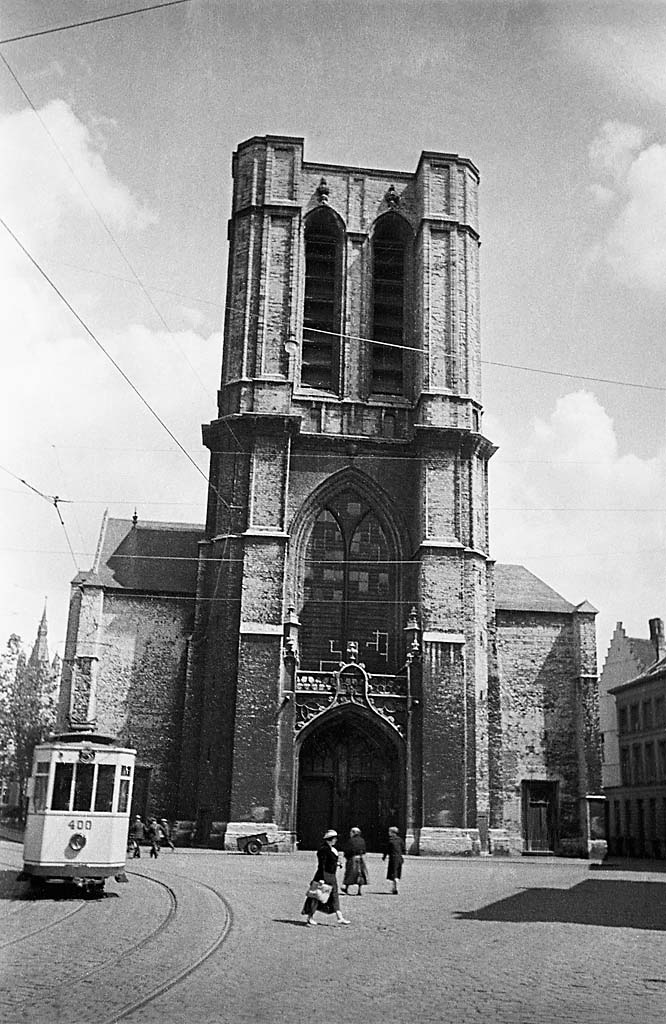
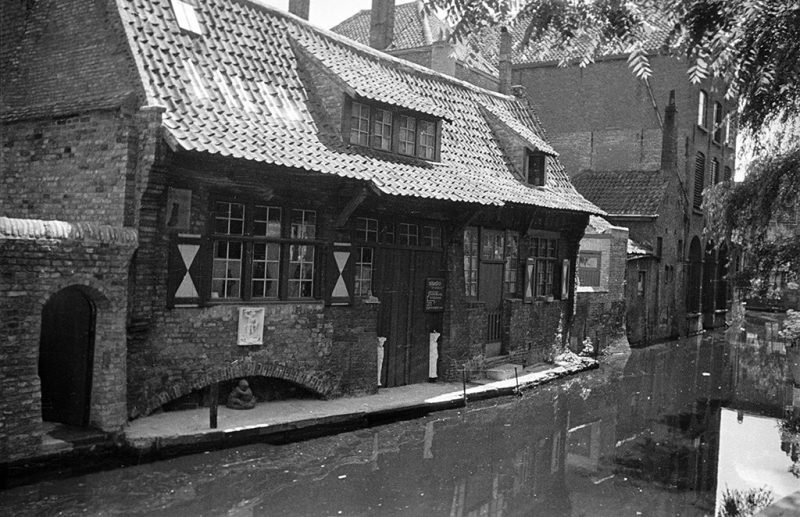
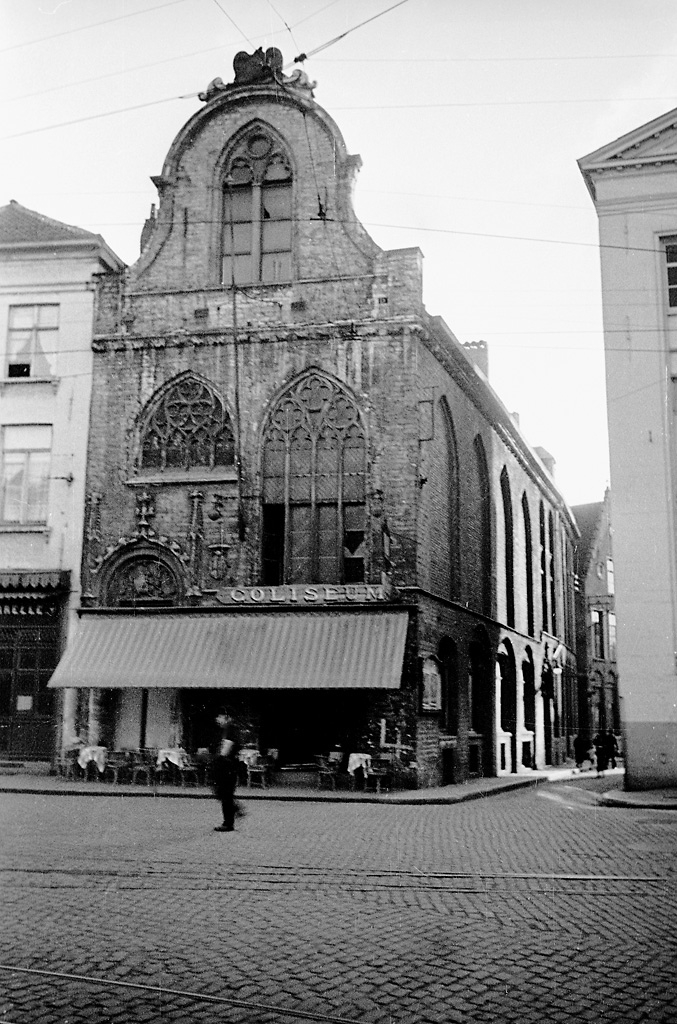
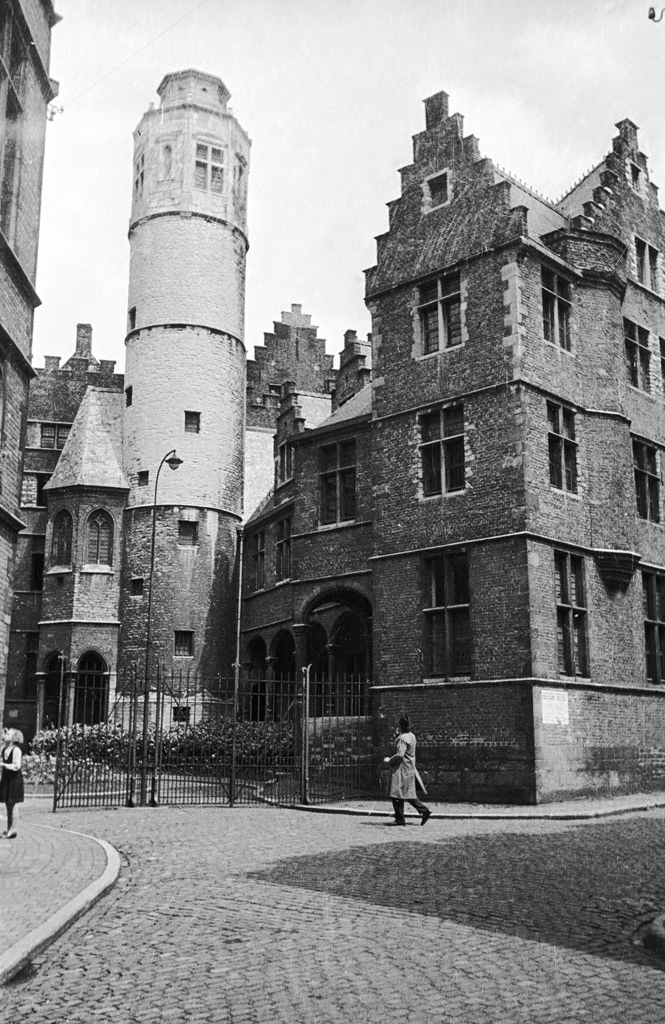
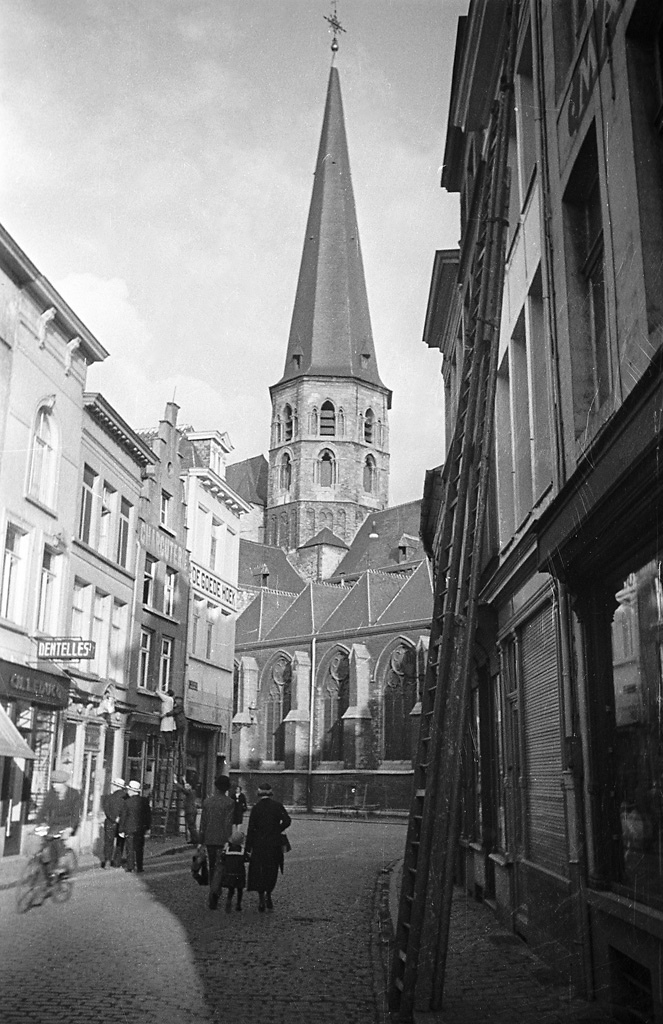
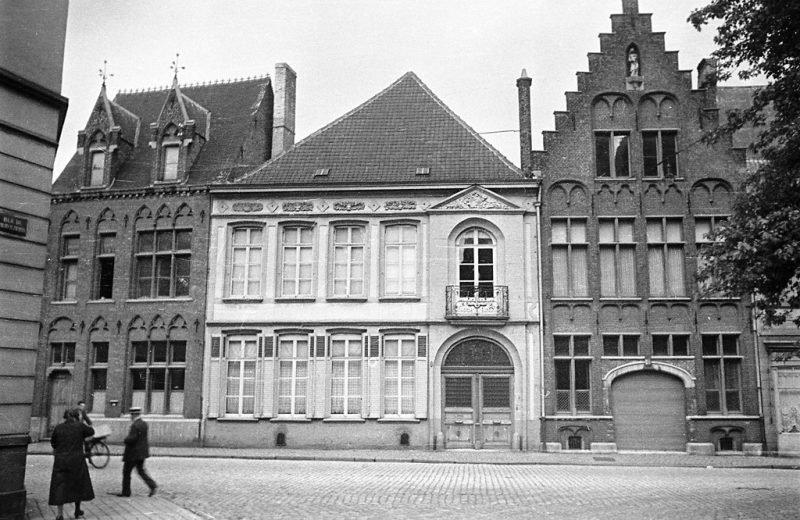
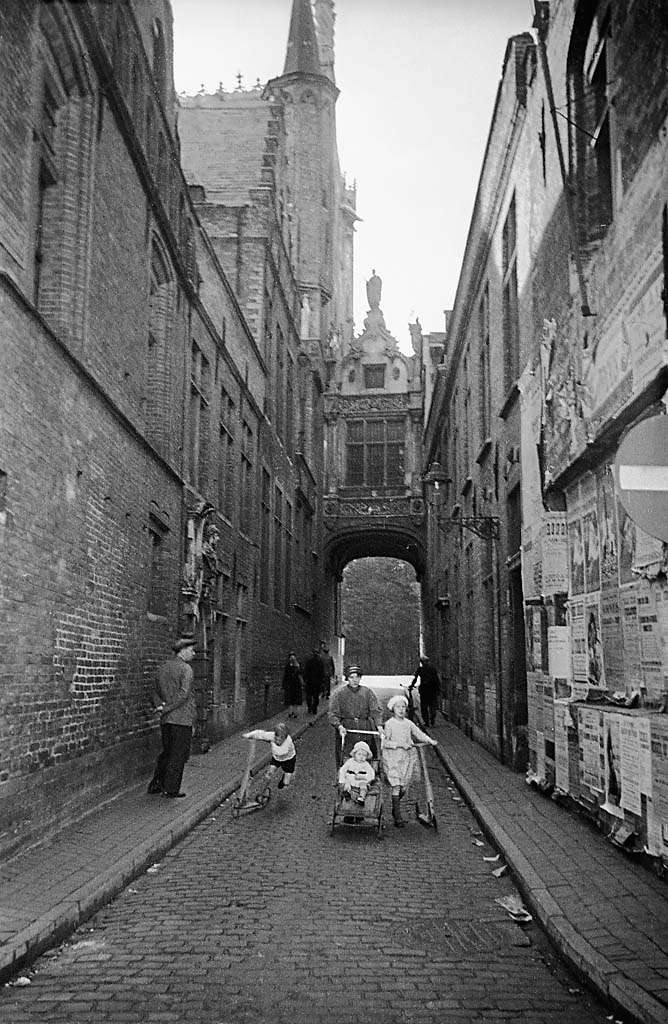
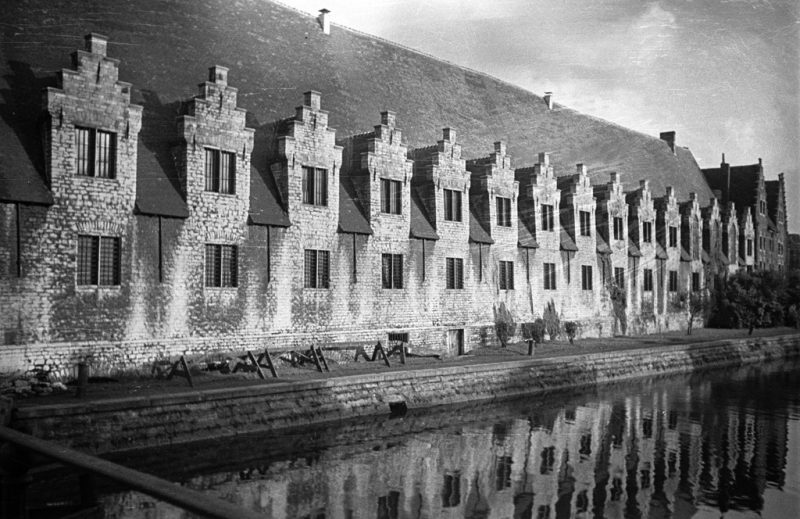
Photos taken by Berit Wallenberg, Credit: Swedish National Heritage Board
